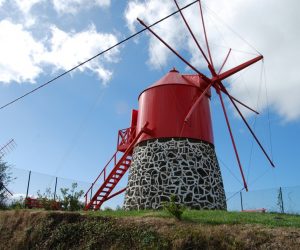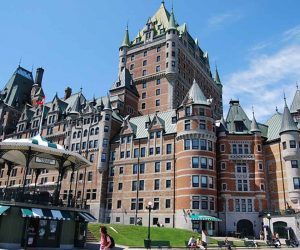To launch this series, in which I’ll try to give a flavour of various cities I’ve visited using only six photos each, I’m starting with one of my favourite cities: Angra do Heroismo (“Angra” for short.)
If you’ve never heard of Angra, you’re not alone. Angra sits on the island of Terceira, in the nine-island archipelago of the Azores. The Azores, an autonomous region of Portugal, lie in the mid-Atlantic, roughly west of Portugal and south of Iceland. My husband and I have visited the city twice (and intend to return); these photos are from our February 2020 visit.
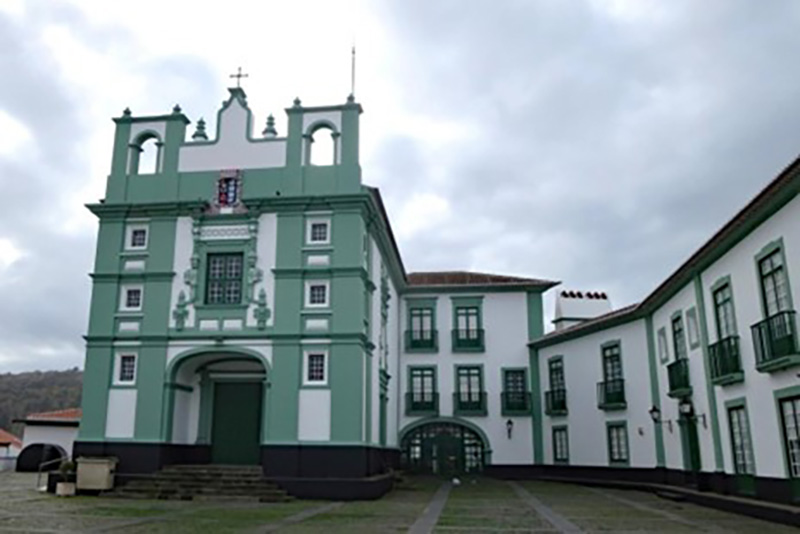
Angra’s built heritage benefits from its UNESCO World Heritage designation. The city suffered major damage from an earthquake in 1980, but was rebuilt within four years.
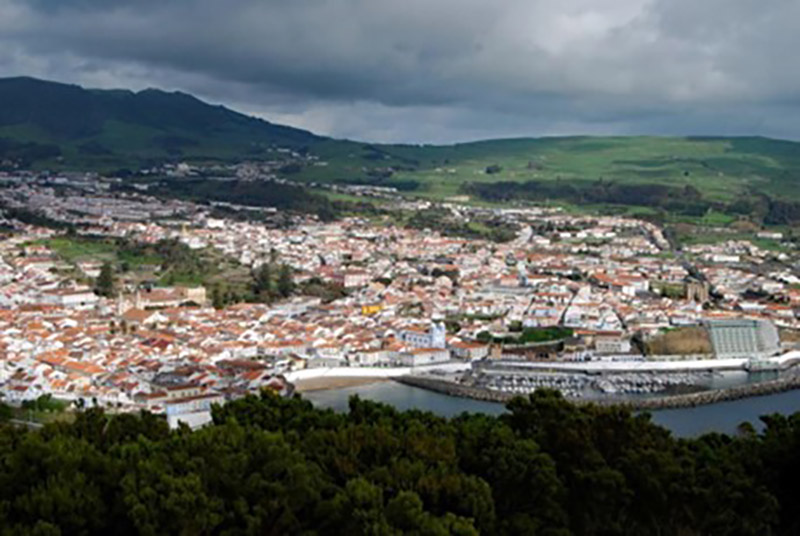 Angra is a compact city, sandwiched between its sheltered bay and Terceira’s volcanic spine. The red-tiled roofs and pastel- painted buildings lend the city a European aura. This view is from Monte Brasil, an extinct volcanic cone which is criss-crossed with hiking trails.
Angra is a compact city, sandwiched between its sheltered bay and Terceira’s volcanic spine. The red-tiled roofs and pastel- painted buildings lend the city a European aura. This view is from Monte Brasil, an extinct volcanic cone which is criss-crossed with hiking trails.
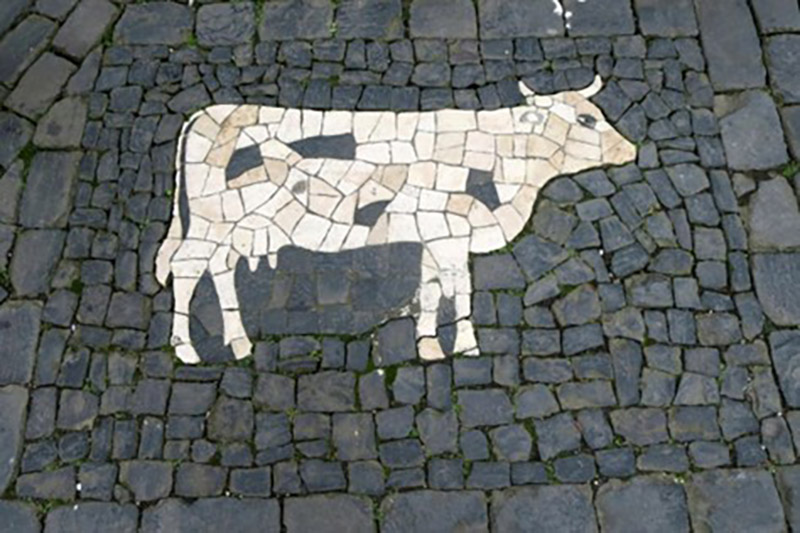 Among the black cobbles, contrasting coloured stones are used to create artful designs.
Among the black cobbles, contrasting coloured stones are used to create artful designs.
This one pays homage to the island’s dairy industry, which produces some amazing cheeses.
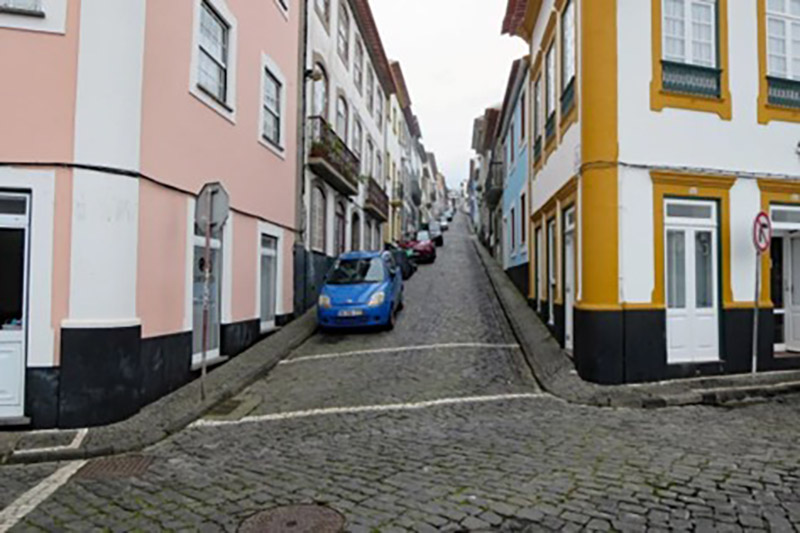 Cobbled streets lead steeply up from the waterfront. Angra is a walkable city, and if you’re not already fit, you’ll get fit just strolling around. Not a great city for those with wonky knees or mobility issues—but there are lots of taxis.
Cobbled streets lead steeply up from the waterfront. Angra is a walkable city, and if you’re not already fit, you’ll get fit just strolling around. Not a great city for those with wonky knees or mobility issues—but there are lots of taxis.
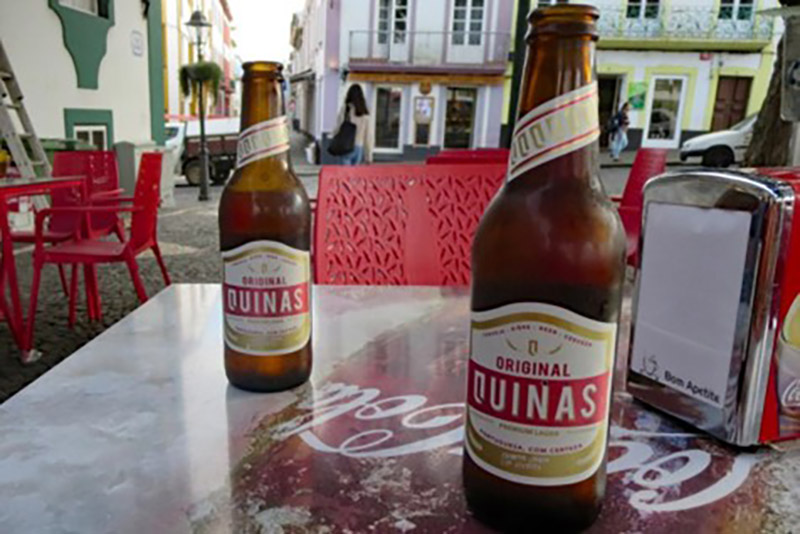 After walking up and down cobbled hills, cold beer tastes great. Angra has many small bars with outdoor tables, and, at the time of our visit, beer was only a little over one Euro each.
After walking up and down cobbled hills, cold beer tastes great. Angra has many small bars with outdoor tables, and, at the time of our visit, beer was only a little over one Euro each.
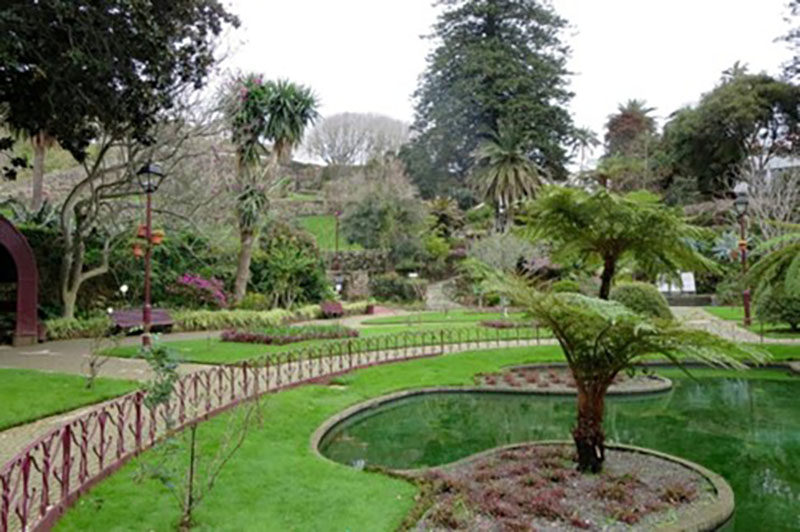 The Azores enjoys a borderline Mediterranean climate and the temperature is pleasant all year long.
The Azores enjoys a borderline Mediterranean climate and the temperature is pleasant all year long.
Nearly anything seems to grow there, and the Jardim Duque da Terceira (Duke of Terceira Garden) is lush with exotic vegetation from all over the world.
Travel note: There are direct flights to the Azores from Toronto and Montreal, as well as many European airports. Most flights from Canada land on either Sao Miguel or Terceira islands, or both; the remaining islands can be reached via regional flights or ferries.

